Movement analysis
Chapter 3


Levers in our body are formed from bones, joints and muscles.
A lever consists of:
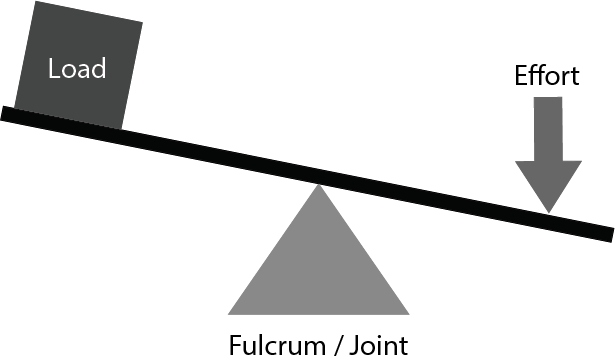
First class lever – the fulcrum is in the middle of the effort and the load.

This type of lever is found in the neck when nodding your head to head a football. The neck muscles provide the effort, the neck is the fulcrum and the weight of the head is the load.
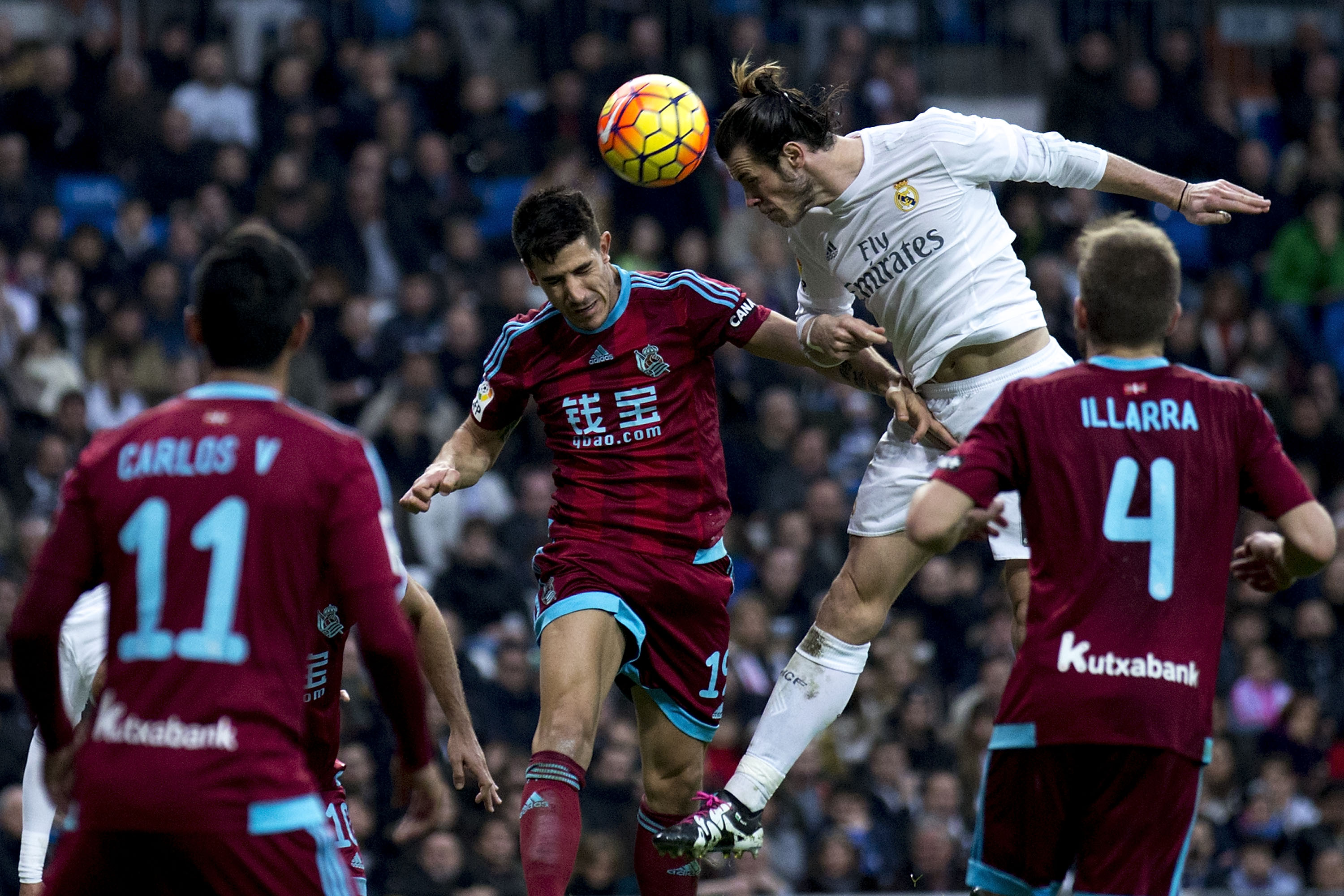
Second class lever – the fulcrum is at one end, the load in the middle and the effort on the other end.

This type of lever is found in the lower leg. When standing on tiptoe, the ball of the foot acts as the fulcrum, the weight of the body acts as the load and the effort comes from the contraction of the gastrocnemius muscle.

Third Class lever – this has the fulcrum at one end, the effort in the middle and the load at the other end.

During a biceps curl, the fulcrum is the elbow joint, the effort comes from the biceps contracting and the resistance is the weight of the forearm and any weight that it may be holding.

To recall the order of the levers, use the term ‘ F L E ’ – this will help you to remember which part of the lever is in the middle. First class lever – Fulcrum is in the middle. Second class lever – Load is in the middle. Third class lever – Effort is in the middle.
All body movements occur in different planes and around different axes:


Movements are parallel to the plane in which they take place.
There are three axes of movement around which the body or body parts rotate:
Frontal – this travels from one side to the other side through the body, for example, when a person performs a somersault.
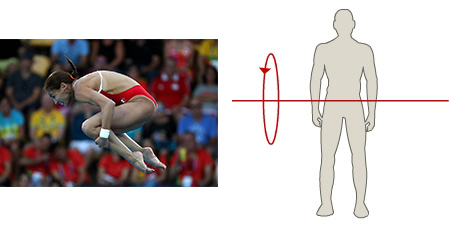
Sagittal – this travels from the front to the back of the body, for example, when a person performs a cartwheel.
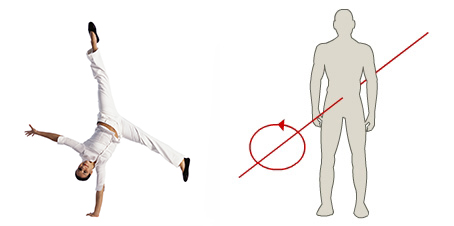
Vertical axis – this travels from the head though to the foot of the body, for example, when a skater performs a spin.
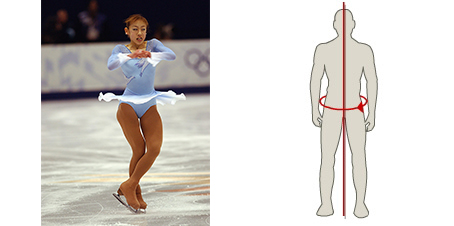
Improvements in performance can be enhanced by the use of technology. The performer, coach and officials use technology in modern sport.
Technology applied to physical activity has played an important role both in training and competition. This is evident in a variety of ways that range from the creation of new sports facilities, the equipment used, officiating, safety, analysis and training technology.
Sports technology impacts can be seen from low level recreational activities, for example bike helmets, to high level competitive sports such as carbon fibre poles in pole vault.


Today, new materials and designs have improved sports equipment – these materials are lighter, stronger and more flexible and are designed to enhance performance and improve safety, e.g. fibreglass, aluminium, carbon fibre, Kevlar, Teflon, nylon, titanium and polyurethane.


Facilities are being constantly improved to allow sports performers to perform and train to the very highest standard. For example, rugby being played on 4G pitches.
Technology has also improved sporting performance in terms of analysis, coaching and officiating, as well as making sport more interactive and accessible to the spectator.
Technology affects almost every aspect of sport, from performance on and off the field to spectating and public profile. Increasingly, advances in technology influence grass roots as well as elite sport.
Technology is used to enhance athletes’ performances at all stages – before, during and after events. It may be used by the athletes’ support teams, such as coaches, medics and technicians, as well as by the athletes themselves. For example:
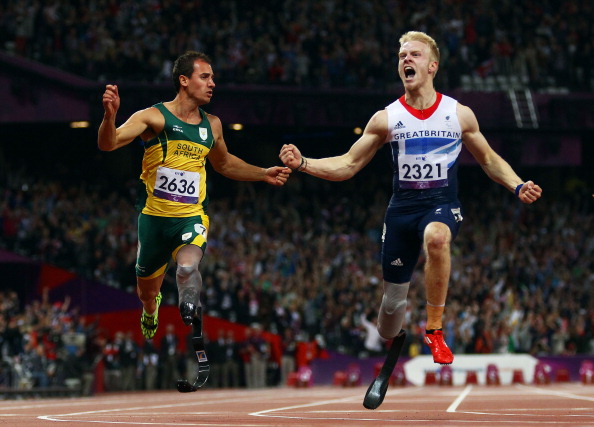
A running blade is a prosthetic leg that transfers energy created by the runner onto the track. It consists of a customised socket that fits the athlete’s stump, a knee joint and a carbon fibre running blade. The blades reproduce the action of the ball of the foot during running. They are fitted with spikes to increase grip on the track.
Technology plays an important part in monitoring and analysing the performance of athletes, identifying their strengths and areas for improvement, as well as their fitness. Technology is also used for collecting and analysing data which can help to improve fitness; improve skills; prevent injuries and help to win matches by adopting a different strategy.
Coaches and performers use performance analysis technology to develop and improve the strategies and tactics that athletes use during team and individual performances.
As well as being used to analyse athletes’ skills and fitness, technology is used to evaluate and improve performers’ strategies and tactics. These are the methods that performers use to maximise their chances of winning. They are most obvious in games – for example, agreeing who receives the centre pass in netball. They are also used in other types of performance – for example, middle-distance runners deciding to lead the race from the front.
Strategies and tactics are often pre-arranged and rehearsed, especially in team games. Performers also need to be able to adapt or change them during a performance. This requires good problem-solving and decision-making skills. Good observation and tactical awareness are important while both playing and analysing play.
Linked to video playback, match analysis software captures a range of data that can be used in a variety of ways:
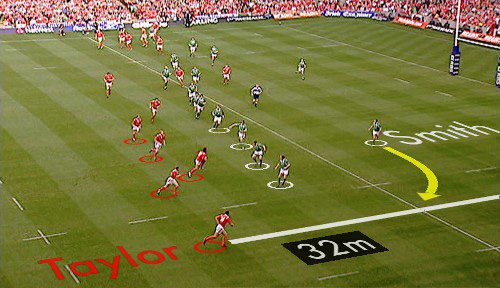
For example, during Six Nations Rugby matches, technology provides information on:
Performance analysis data is used to shape players’ practices, helping them to focus on the strategies and tactics they need to develop or improve to help them to perform better next time.
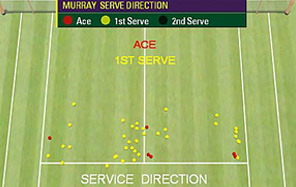
Being able to serve effectively in tennis is critical to winning games. With many serves being 125 mph or more, technology is essential to help tennis players to analyse their own and their opponents’ serves.

Most Premier League clubs now use the ProZone match analysis tool. This uses an overhead camera to capture play while software converts it into data and graphics that coaches use to review and agree tactics with their team. This enables teams to plan and practise set moves and to improve their tactical awareness and decision-making within games.
Technology plays a key part in how sport is played and watched. Increasingly, it means that officials, spectators and the media are interconnected during performances.
Technology shapes how officials manage a performance. For example:
Watching sport no longer means sitting passively at home or in a stadium. Technology has enabled spectators to have a more active part in events. For example:
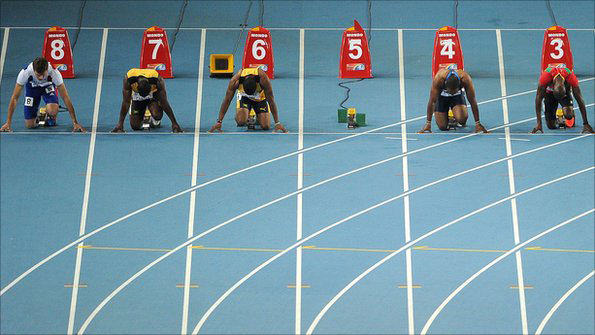
In track athletics, if an athlete moves before or within 0.1 seconds of the gun being fired, they have false-started. The race is then stopped and the offending athlete is immediately disqualified. Because this judgement is so critical, at elite events motion sensors are built into the athletes’ starting blocks and connected to the starter’s gun by a computer. Before 2009, athletes could have one false start before disqualification. This led to gamesmanship and frequent restarts. The rule was changed to benefit officials, spectators and broadcasters but has seen some controversial disqualifications of ‘star’ runners.
Technology helps pundits to support their commentary and analysis during and after games, and for performers to review their tactics and their opponents’ to work out what they need to do to improve and formulate a strategy.
For example, ProZone is used to analyse most Premier League football matches and Hawk-Eye is used to support officials’ decision-making in cricket, tennis and football.
See also 7.4 Planning strategies, practices and tactics
Technology brings benefits to sport, but it also brings disadvantages. Sometimes the technology needs to be embedded and improved before it is fully effective. Sometimes the problems only emerge after time.
This table highlights some of the advantages and disadvantages of technology in sport:
| Advantages | Disadvantages |
| For athletes | |
|---|---|
| Better performance – marginal gains make the difference; better medical care results in fewer injuries or faster recovery from injury; feedback from coaches is more focused, objective and helpful; improved kit is more comfortable, more efficient and safer; part of a team, not isolated | Invades privacy; blurs lines between personal and professional time; availability and cost – makes sport and success exclusive to wealthy people and countries; tempts athletes and coaches into cheating or unfair practices; puts the sole focus on winning not athletic endeavour |
| For officials | |
| Supports team approach so there is less pressure on individuals; information can be shared easily and quickly and stored over time; decisions and scoring are more reliable and accurate; there is increased confidence and trust in officials | Slows the game; not available at all levels of competition; no longer trust people’s decisions; undermines respect for officials’ knowledge and expertise; undermines honesty, integrity and the spirit of fair play |
| For spectators | |
| More engaged in the sport; more informed about rules, players etc.; have a direct link to athletes | Detracts from actual play; reduces the atmosphere at live events; reduces interest in grass roots events that aren’t supported by technology; increases spectator/broadcaster costs; enables trolls to attack individual athletes |
| For sport in general | |
| Increases participation; promotes new and alternative opportunities; supports less-wealthy sports to promote themselves; leads to more coverage and revenue; adds glamour; improves safety | Detracts from intensity of physical activity; reduces emotional well-being that comes from escaping digital pressures/routines; increases costs to sports and participants; sponsors more interested in technology than sport or athletes |
To help athletes to improve, coaches and performers need to observe and analyse athletes’ movements during performance. They use this data to monitor progress and provide effective feedback.
Biomechanics is the analysis of human movements in sport. It explains how and why the body moves. There are a number of methods used to analyse movement. One used often by coaches and sports scientists is the analysis of movement phases. There are three movement phases:
As sports movements are complex, each phase is often divided into sub-phases. For example:


During each of the movement phases, analysis may focus on:
Video analysis helps coaches and performers to identify the strengths and areas for improvement of an athlete’s performance. Typically, video analysis software supports playback, slow motion and simultaneous examples – of your own or exemplary performances. It helps to provide accurate feedback. Video analysis can also use simple video or stills camera.
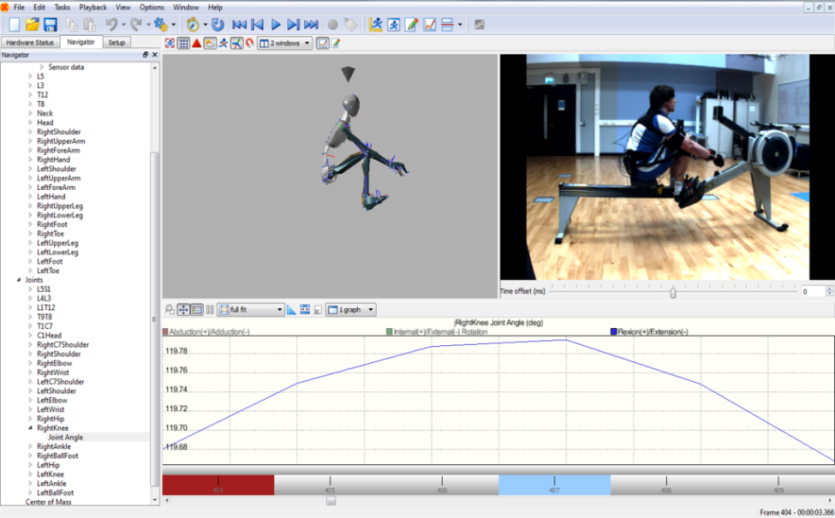
By focusing on movement phases, video analysis can be used to look at the athlete’s skill and/or fitness to consider which aspects of skill and fitness to focus on.
Video analysis can be used to create and gather data that helps to analyse individual performances. Linked to computer software, this data can be presented in a variety of ways to identify areas for improvement, to provide feedback and to monitor progress over time.
Most elite rugby union teams now use technology to monitor players’ skills and fitness. For example, clubs such as Leicester Tigers, Harlequins, Ulster and Connacht use a Viper Pod which fits into a small pocket on the underside of a player’s jersey. This is linked to a heart rate monitor and both elements download information to a docking station which can be viewed during and after matches by the coaches and sports scientists. Coaches use the information to influence their in-game decisions and the data is used afterwards to shape players’ training programmes.
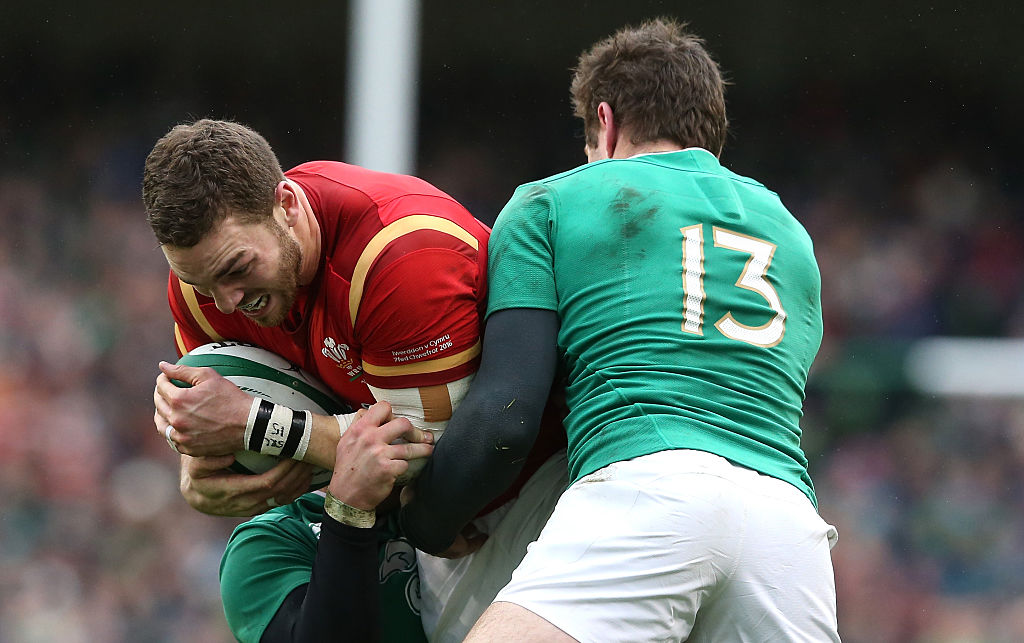
The technology monitors:
Analysing this data helps to: